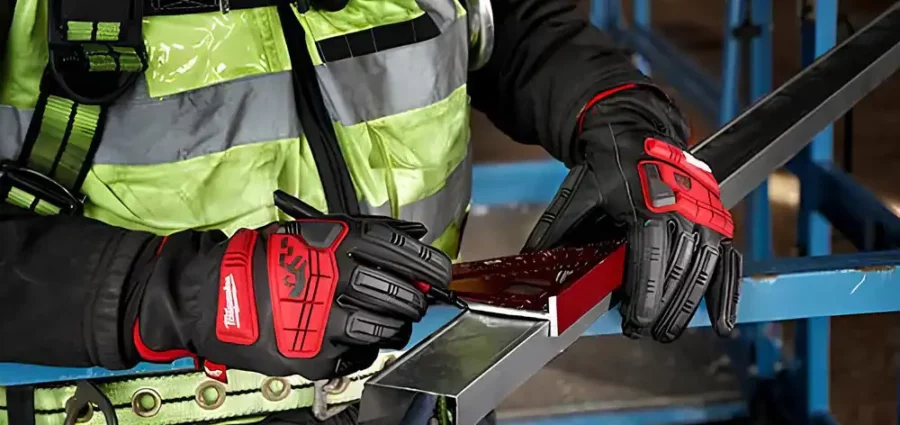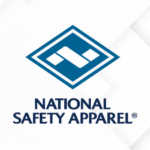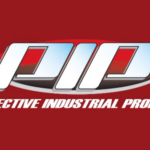Distributors play a critical role in ensuring over 125 million U.S. workers have access to PPE and safety equipment that’s comfortable, provides the right protection and meets relevant industry standards. However, keeping current on all the new products, regulations and standard updates can be daunting. So, here’s a need-to-know overview of what’s going on in head protection, cut-resistant gloves, first aid kits, dropped object prevention, and heat stress.
Head Protection
Will the Occupational Safety and Health Administration (OSHA) issue a citation for workers not wearing climbing-style helmets? Are chin straps required? Is Type I or Type II better? These are all common questions.
There’s a lot of confusion in the market about head protection, and the stakes couldn’t be higher. Nearly 200,000 workers in the U.S. suffered head injuries from 2021 to 2022. Fewer than half experiencing a fall-related head injury were wearing any head protection.
When it comes to head protection, there’s no one-size-fits-all solution. It’s essential to select the appropriate type and class of head protection for the work environment and potential hazards. Even with that job hazard analysis in hand, however, you can’t simply look at a piece of head protection and know what level of protection it offers. Don’t recommend head protection based on whether it’s marketed as a hard hat or safety helmet. Style isn’t the same as protection. Read the label.
Visit Head Protection Fact vs. Fiction for more tips, and updates on the revision of ANSI/ISEA Z89.1-2014 (R2019), the American National Standard for Industrial Head Protection.
Cut-Resistant Gloves
According to OSHA, a majority of hand injuries could have been prevented with safety gloves. However, all gloves aren’t created equal. As many as 30% of workers aren’t wearing the right kind of glove for the task at hand. What’s the cost? The medical and indemnity costs alone of a hand injury exceed $26,000.
A significant change in how cut-resistant gloves are marked is coming, with the impending launch of ISEA 105-2024, which updates ANSI/ISEA105-2016, the American National Standard for Hand Protection Classification. The revised 105 standard will feature a pentagon icon, with ratings for cut, puncture, and abrasion resistance. While not required by the standard, expect to see a phase out of the term “ANSI Cut”, replaced by “A9 Cut Level,” for example.
First Aid & Overdose Prevention
Workplace overdose deaths have increased 536% over the last decade, and account for nearly 1 in 11 worker deaths on the job. A National Safety Council survey found that fewer than 20% of employers are prepared to address overdoses in the workplace.
In response to the opioid crisis, ISEA recently urged the inclusion of Narcan (naloxone) in all workplace first aid kits. While a new update to ANSI/ISEA Z308.1 is planned for 2025, ISEA, NSC and others are encouraging workplaces to add naloxone to their first aid kits now rather than waiting.
Safety at Heights & Dropped Objects
Fall protection gets the vast majority of attention during the National Safety Stand-Down to Prevent Falls in Construction, but OSHA has identified falling objects as one of the “Fatal Four” leading causes of construction site fatalities. Over 45,000 workers are injured each year in the U.S. in “struck by falling object” incidents. That’s over 120 workers injured every single day.
To ensure Safety at Heights, a comprehensive approach is necessary, including dropped object prevention PPE, such as tool tethers and lanyards, anchor attachments, and tool bags and holsters. This spring, be on the lookout for the launch of ISEA 121-2023, which updates ANSI/ISEA 121-2018, the American National Standard for Dropped Object Prevention Solutions. By helping workplaces build comprehensive Safety at Heights programs including ISEA 121-2023 compliant dropped objects prevention PPE, distributors can positively impact one of the “Fatal Four” risk areas.
Heat Stress
From the trenches and tarmacs, fields and factories, highways and warehouses, ISEA research has shown that over 90 million workers in the U.S. are exposed to hazardous temperatures that can lead to severe health consequences. A new American National Standard (ANSI/ASSP A10.50 – 20243) provides detailed guidance for establishing heat stress programs, which ISEA strongly encourages organizations to adopt.
Effective heat stress management programs can reduce incidences of heat related illness by over 90%, and reduce related worker compensation costs by 50%. Cooling PPE plays a key role in an effective heat stress management program; workers wearing cooling PPE experience a decrease in heat related illness of up to 50%.
For more on the technical, regulatory, and business aspects of selling PPE, check out the Qualified Safety Sales Professional (QSSP) training program.
(Lead Image: Milwaukee Tool)
Related Posts
-
Based outside of Chicago, ESS has annual sales of about $13 million.
-
Capital and operational support from the private equity firm may help drive NSA's organic growth…
-
Safety product manufacturer Protective Industrial Products added a Victoria, Australia-based safety eyewear supplier.






